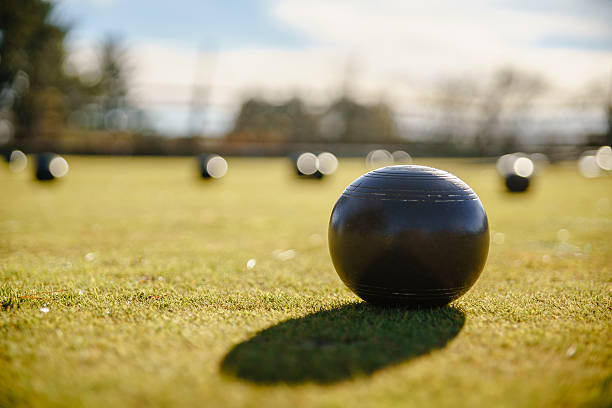May 23, 2023
Lawn bowling, also known as “bowls” or “bowling on the green,” has a long and storied history that spans several centuries. Its origins can be traced back to ancient times, with early forms of the game believed to have been played in ancient Egypt, Greece, and Rome. However, the modern version of lawn bowling as we know it today evolved in the British Isles.
The sport gained popularity in medieval England, particularly during the reign of King Henry VIII in the 16th century. It was initially enjoyed by nobility and the upper classes, who played the game on uneven surfaces such as pastures, gardens, or courtyards. The term “bowling green” began to be used to describe the specifically prepared and leveled playing surfaces.
During the 17th and 18th centuries, lawn bowling became more standardized and organized. Rules and regulations were established, and dedicated bowling greens were created. The size and dimensions of the greens were defined, and specific equipment, known as “bowls,” were designed for the game. The early bowls were made of wood, but they later evolved into the current composition of lignum vitae, a dense and durable hardwood.
Lawn bowling became a popular social activity in England, with clubs and societies forming to cater to the growing interest in the sport. These clubs, many of which still exist today, played a significant role in shaping the development and promotion of lawn bowling. The sport gradually spread to other parts of the British Empire, including Australia, New Zealand, Canada, and South Africa, as colonizers introduced the game to their new territories.

Over time, lawn bowling evolved further, with advancements in green maintenance, the introduction of standardized rules and competitions, and the adoption of synthetic surfaces to accommodate play in various weather conditions. The sport has also embraced inclusivity, welcoming players of all ages and abilities.
Today, lawn bowling is enjoyed by millions of people around the world. It has become a popular recreational and competitive sport, played both casually and at professional levels. International competitions, such as the Commonwealth Games and World Bowls Championships, showcase the skill and passion of top bowlers from different nations.

The rich history of lawn bowling reflects its enduring appeal and the joy it brings to individuals and communities. It continues to be a beloved sport, connecting people across generations and cultures, while also providing a space for friendly competition, social interaction, and outdoor enjoyment.

